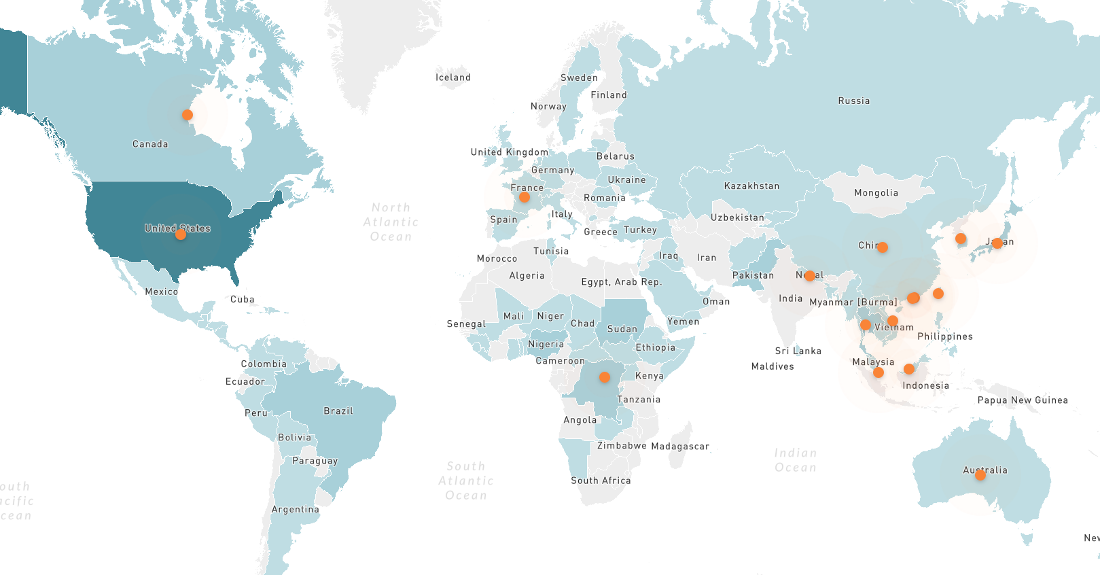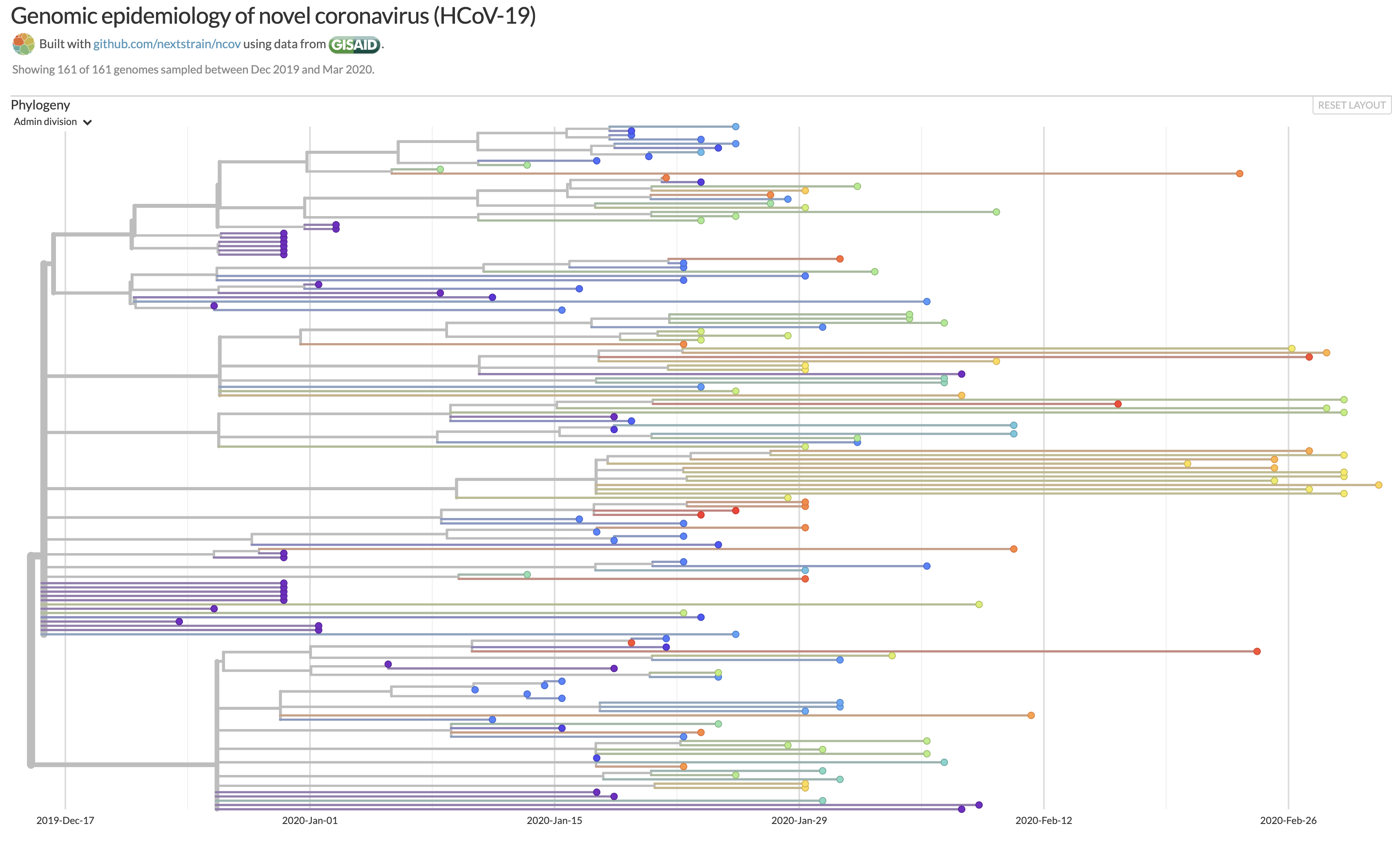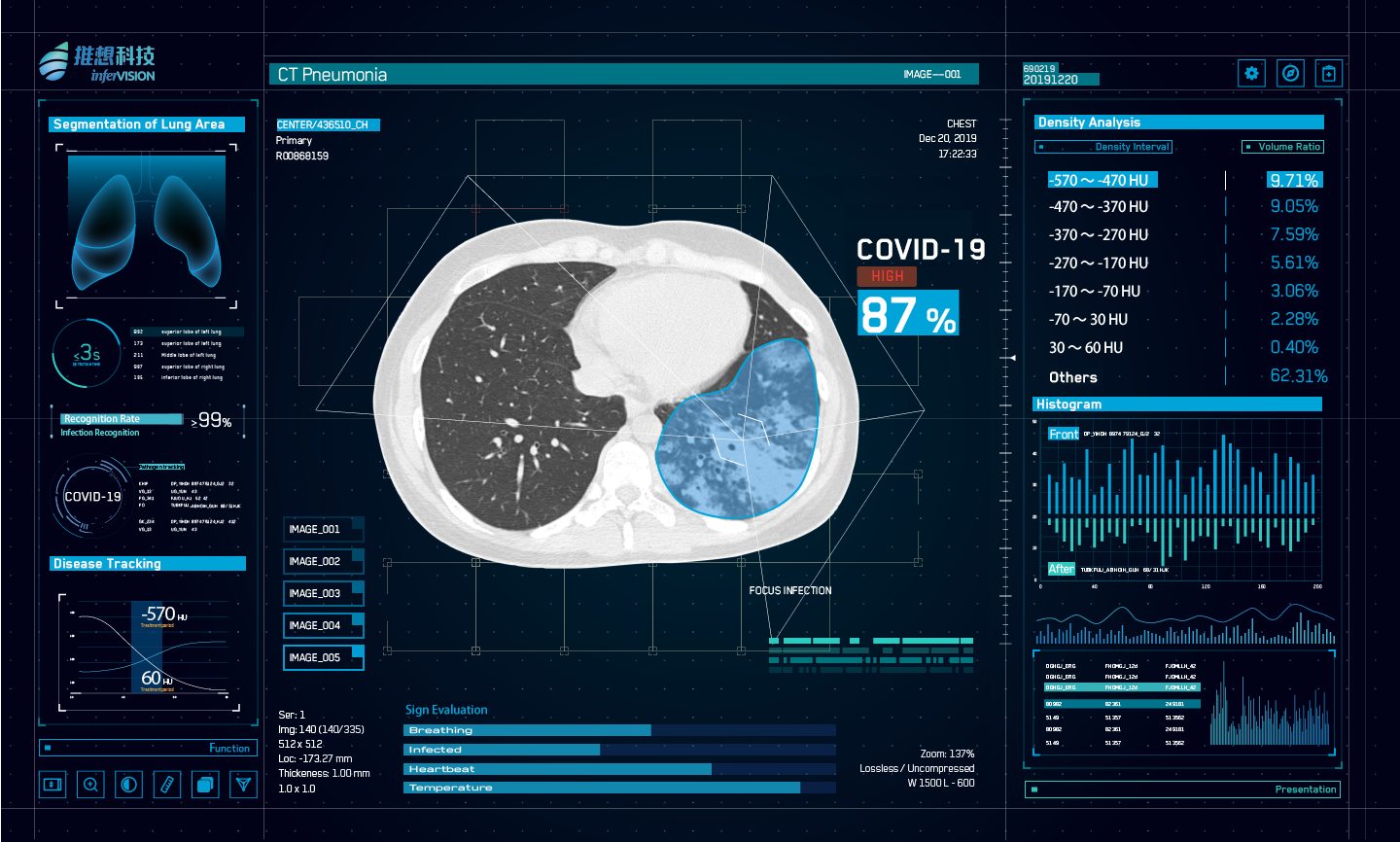Epidemics and highly contagious diseases are becoming a rising threat to humanity, challenging doctors, researchers, governmental decision-makers, and businesses. With the growing density of the Earth's population, it's as important as ever to detect, identify, and respond to threats in the shortest time possible.
The good news is that, compared to the last massive global pandemic, Spanish Flu, we are better prepared to fight such outbreaks. Today, we not only have protective measures such as quarantine, up-to-date drugs, and equipment, but also a lot of software solutions that help specialists, decision-makers, and citizens withstand such threats.
In this article, we'll review the major kinds of pandemic-control programs and the ways they help us protect our wellbeing.
Real-time tracking and mapping
Forewarned is forearmed. When a pathogen marches across a planet, it's important to have real-time data on its impact. Obtaining that data is a complex task that requires the unification of various data sources and the cooperation of healthcare institutions all around the world.
Rich and diverse data helps to uncover spatio-temporal dynamics, transmission pathways, high-risk groups, and other info that enables decision-makers to develop prophylaxis and containment strategies.
Metabiota is an AI-based health tech company that provided early and accurate analysis of the spread of coronavirus. It even predicted its spread to South Korea, Japan, and Taiwan one week before it was reported officially.
The company has designed Epidemic Tracker - a detailed, real-time map where you can study the actual spread of 120 pathogens, including COVID-19, as well as their profile, history, and up-to-date disease statistics.
You can check up on how things are going now here.

Another interesting example of tracking software is Nextstrain. It's an open-source project that uses the scientific and public health potential of pathogen genome data to study mutations. It can’t predict where the virus is going next, but it can give accurate info on the origin of arising cases.
Governmental institutions can benefit from the solution, as it helps determine whether new cases are arriving from abroad or being transmitted locally.

Diagnostics AI
Diagnostics AI is not new to the healthcare industry, as a computer can review more cases within a set period of time and detect patterns that a human brain is unable to identify so quickly. Even though such solutions are still not fully autonomous, they are becoming more and more widespread.
Zhongnan Hospital of Wuhan University works at the heart of the outbreak. Their staff is using AI to detect visual signs of pneumonia associated with COVID-19 on images from lung CT scans. This helps identify people who are more likely to have the disease and take appropriate action.
The tool was created by a Beijing startup, Infervision, whose solutions were already used worldwide to detect cancer. With enough data from prior cases, they were able to train ML-algorithms to distinguish the risk of coronavirus infection with high probability.

Telemedicine
Telemedicine is a truly helpful technology in the times of quarantine. It allows patients get the care they need without putting doctors and themselves at risk. Remote patient monitoring, especially powered by 5G, helps make earlier and more accurate diagnoses.
Recently, the Chinese telecom equipment provider ZTE created a remote 5G diagnosis and treatment system that connects hospitals and research centers, thus introducing the first remote coronavirus-screening solution.
We also have a video-medicine app in our portfolio that operates successfully across the USA and hopefully helps people better protect themselves from diseases.

Check out a related article:
Key Types of Healthcare Software with Examples
Drones and Robots
When it comes to delivering supplies to quarantine areas, drones are a number-one choice. They help to minimize the interaction between healthy and infected individuals, thus controlling the spread of disease. Drones can also move faster than ambulances, which can't be underestimated.
Robots can be used to interact with patients and provide all the necessary staff without contacting them in person. When doctors in a Washington hospital faced the first confirmed case of COVID-19 in the US, they used a robot called Vici to interact with the patient. The robot was a telehealth device on wheels that can perform basic diagnostic functions like measuring body temperature.
Another good example is a robot named Little Peanut, who you've probably already seen on the Internet. He serves food and beverages to people quarantined in a hotel.
Amid a novel #coronavirus outbreak, robots are deployed to deliver meals to travelers in isolation at a hotel in Hangzhou, China. #pneumonia pic.twitter.com/BgWZm4L1m6
— China Xinhua News (@XHNews) January 27, 2020
Besides delivery and telehealth functions, robots also do cleaning and disinfection. One such germ-killing machine was donated by the Dimer company to an airline in LA. Below you can see it in action:

***
The coronavirus outbreak is one of many threats to public health we will face in the coming years. The titles in newspapers are terrifying, and the economies of many countries are flailing.
We, at Intersog, try to stay optimistic about the future. With the brightest minds on the job and our capacity for international collaboration, we believe that humans can withstand the threat and gain experience that will help us face the next crisis. And we are always ready to participate in the development of innovative solutions.

Leave a Comment